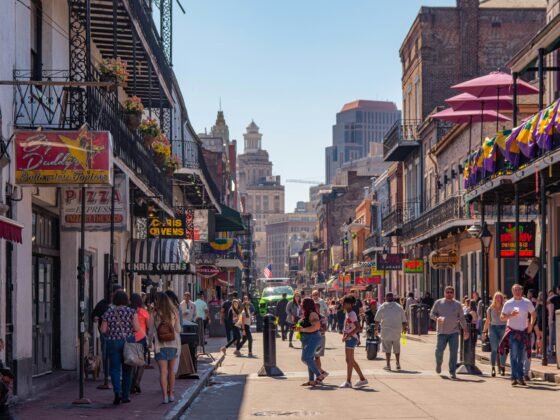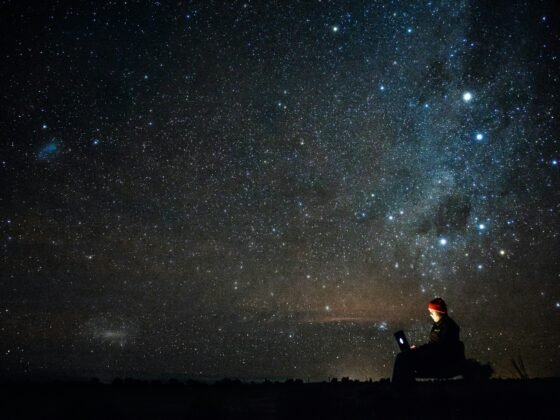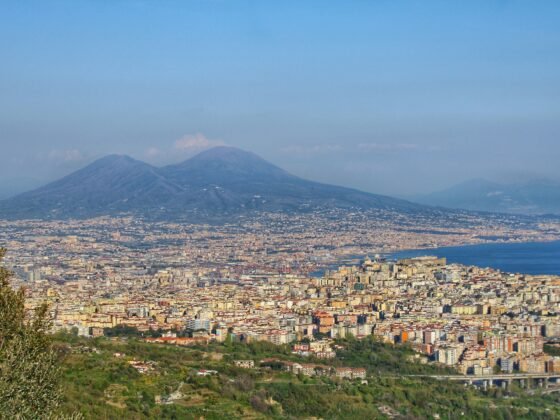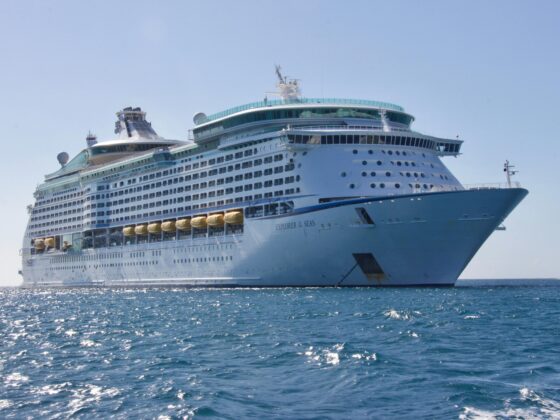Ever since I can remember, the subject of the world’s seven greatest wonders has cropped up in conversation, on television and in travel magazines with great regularity. Everyone has an opinion on what their seven wonders are (I know I do!) and the list has constantly evolved due in large to modern engineering, technology and of course, exploration. So just what are the original seven ancient wonders that have sparked centuries of debate?
Great Pyramid of Giza
The only original natural wonder still in existence today is the Great Pyramid of Giza, which was constructed between 2584 and 2561 BC by the ancient Egyptians. The Great Pyramid, situated today in El Giza, makes up one of the three pyramids on the Giza Necropolis and was built, it is believed, for Pharaoh Khufu, which translates as Cheops in Greek. This provides the alternative names for the pyramid – Pyramid of Khufu and also Pyramid of Cheops. Whatever the name, this remains the best tourist attraction in Egypt bar none.
Hanging Gardens of Babylon
The most disputed of the original seven wonders are the Hanging Gardens of Babylon whose location and very existence have sparked lively debate for many years. Said to have been constructed in 600 BC and destroyed by earthquake around the first century BC, the gardens were thought to be located in modern day Iraq, close to Al Hillah. The lavish expansive gardens and monuments were built for King Nebuchadnezzar II for his homesick wife. The debate rages on and with no concrete archaeological evidence ever uncovered, this could be pure fantasy.
Statue of Zeus at Olympia
The Statue of Zeus was constructed by the ancient Greeks in 435 BC (the temple was built 466–456 BC) in honour of Zeus, the King of the Gods and ruler of Olympia. The ivory and gold statue stood at 43 feet tall (12 meters) until it was razed by fire in the fifth or sixth century BC.
Temple of Artemis at Ephesus
Selçuk in the Izmir Province of Turkey was the original site of the Temple of Artemis which was built in 550 BC. Artemis was a Greek goddess and was the daughter of Zeus, accordingly to Greek mythology. The site was destroyed by arson by Herostratus in 356 BC, but the site of Ephesus remains a popular tourist spot to this day.
Mausoleum of Maussollos at Halicarnassus
The original Mausoleum of Maussollos was some 148 feet in height (45meters) when it was built in 351 BC. Maussollos was the ruler of Caria (now Anatolia) and lead many important battles on behalf of his people. The original tomb was lost to extensive flooding in 1494 AD although the site can be visited in modern day Bodrum.
Colossus of Rhodes
The tallest statue in the ancient world was the Colossus of Rhodes, standing at 107 feet (30 meters) tall on the Greek island of Rhodes. Constructed by the Greeks for their god of the sun, Helios, in 292–280 BC the statue stood until 226 BC until it was destroyed by earthquake.
Lighthouse of Alexandria
The island of Pharos in Egypt is where the Lighthouse of Alexandria stood at around 450 feet (140 meters) tall. The lighthouse was built to guard the small island of Pharos and was actually connected to the mainland. The stone building was in existence until AD 1303 when it was destroyed by a sequence of earthquakes. The name Pharos also translates across many modern day languages and the lighthouse image is still used in modern day Alexandria and is featured on their flag.
We at PureTravel have also debated our seven wonders and have created our ultimate list. We’ll also add more articles on various must-see and must-do destinations and activities. If you have a specific request please leave your comments below.
And in case you were wondering just who created the original list of the 7 ancient wonders, it was a Greek poet, Antipater of Sidon, who recorded his poem around 140 BC.









